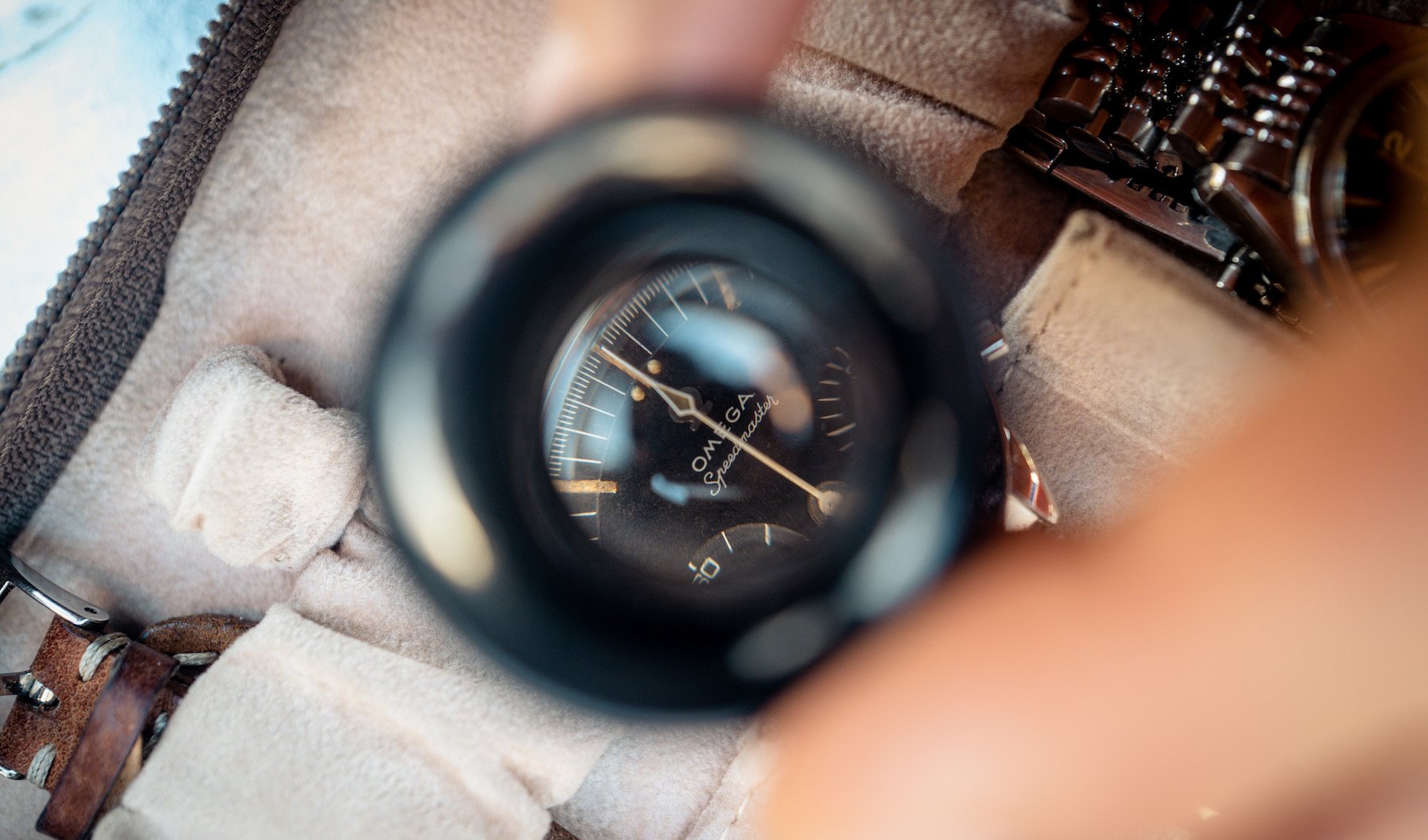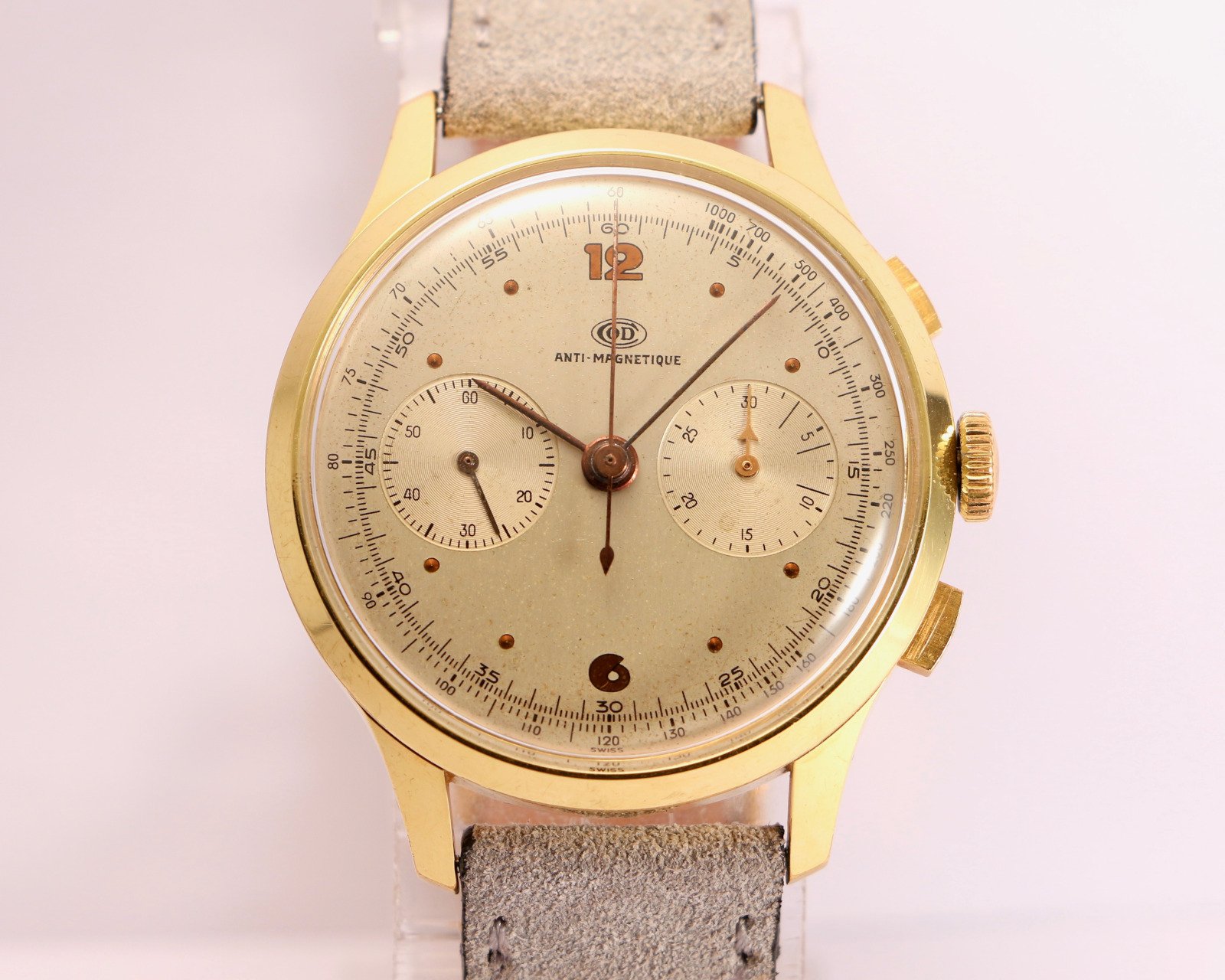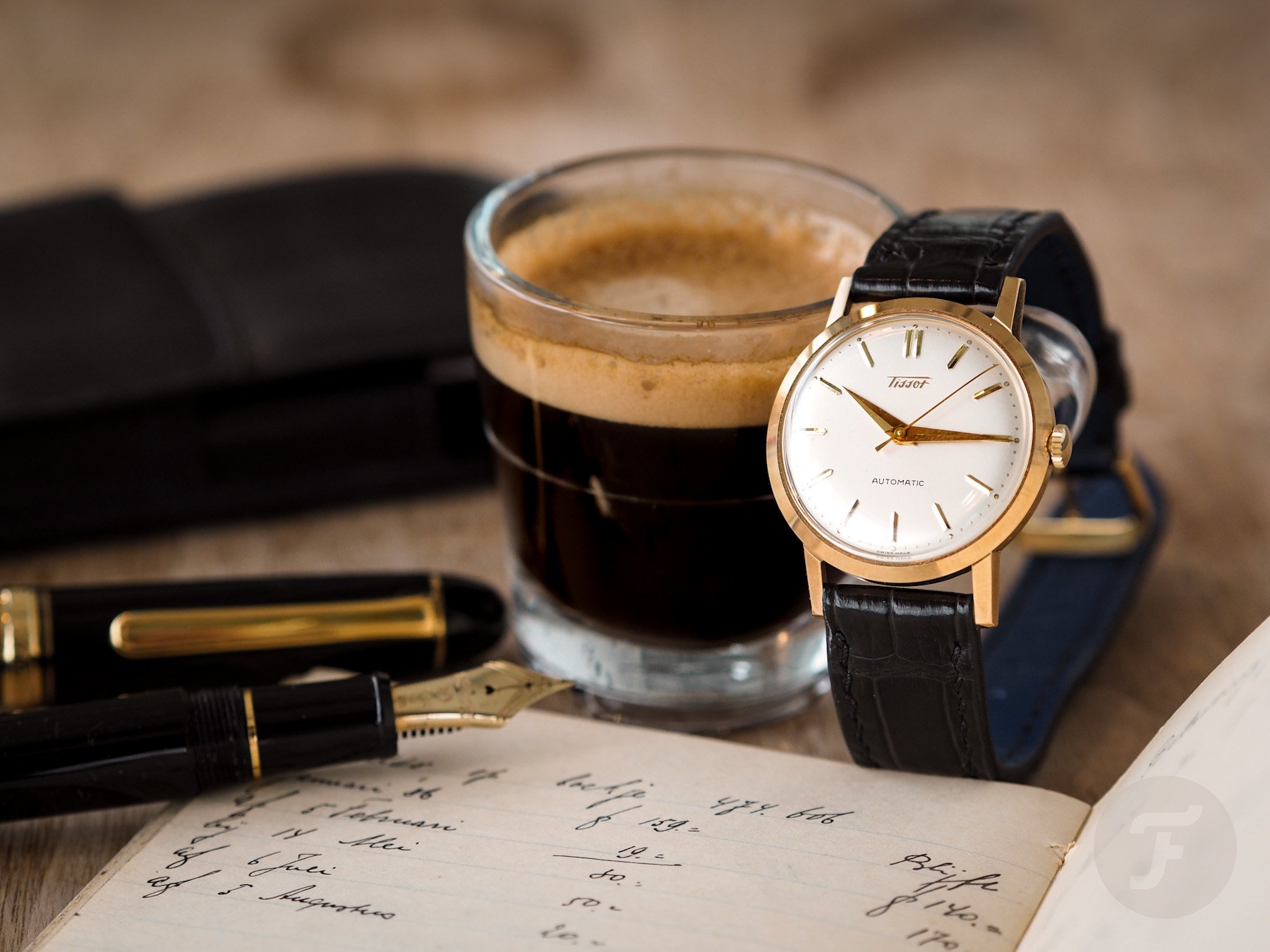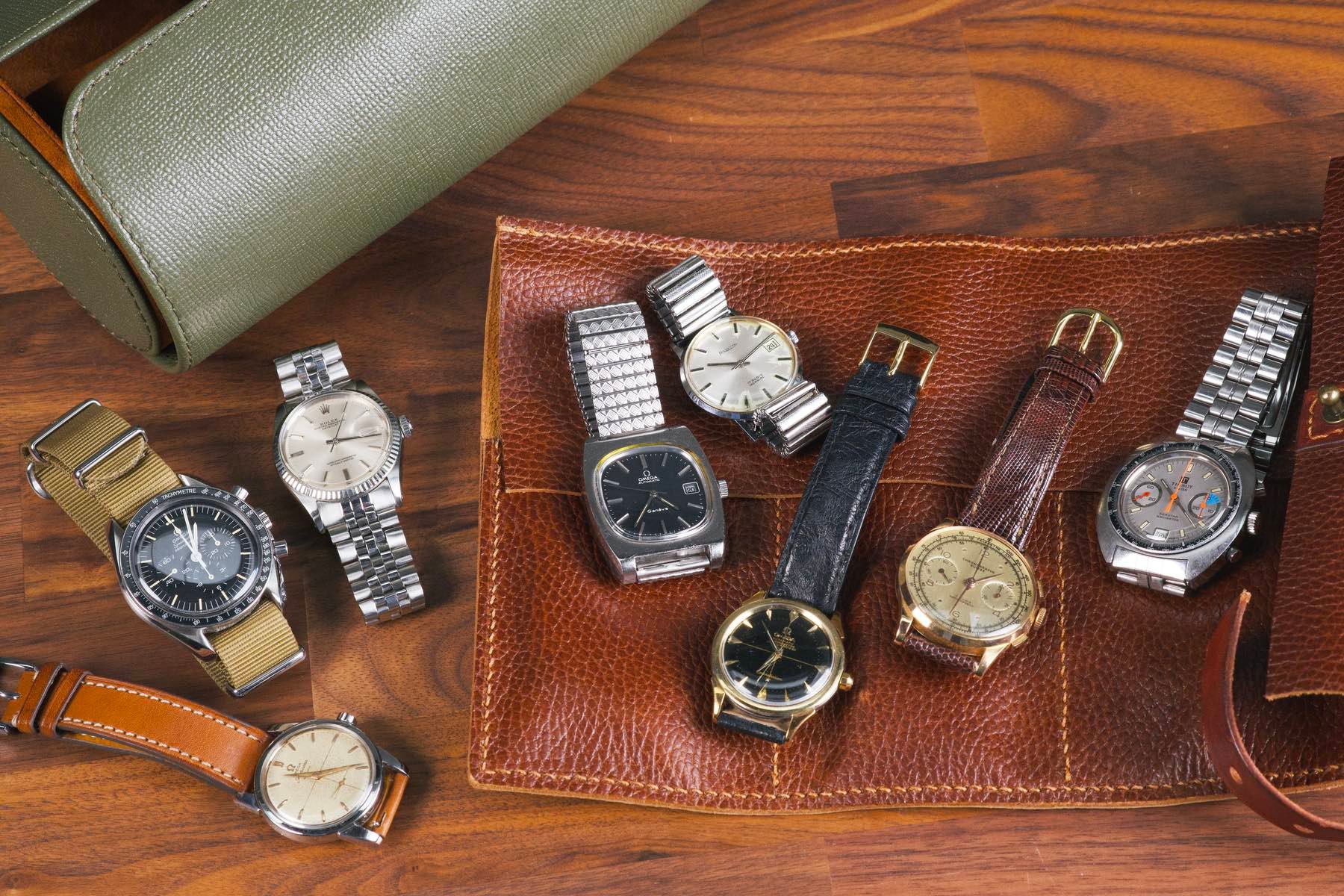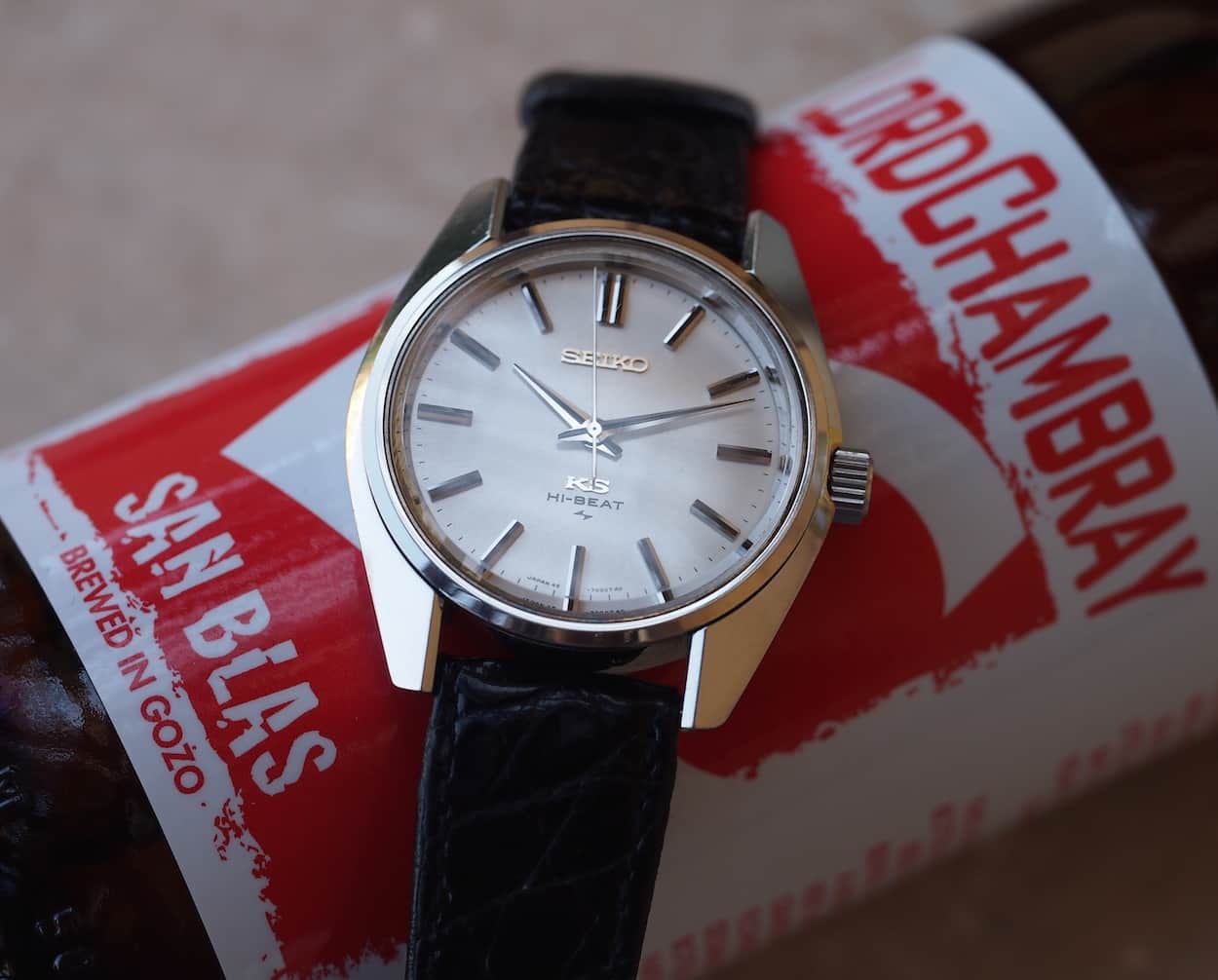The Careful Collector’s Guide On How To Look After Your Vintage Watches
I often read worries about vintage watches and their fragility on social media and in our comments section. If you just prefer modern watches, that is fine, of course. However, if you love vintage watches but feel apprehensive for fear of buying into trouble, this article is for you. There are some simple rules to follow that will ensure you can enjoy your vintage watches almost as worry-free as your modern ones.
The following may be familiar to seasoned watch aficionados. If you are new to the hobby or just new to vintage watches, I hope this is helpful to you.
Worry-free ownership starts with selecting the right vintage watches
I remember when I got into watches a little more seriously, I saw these super cool vintage watches by brands I had never heard of, at prices that rivaled your Main Street fashion-brand quartz watches. I bought and wore my fair share. As educational and fun as that may be, it is probably not advisable if you are looking for a worry-free experience.
Simply put: you cannot bunch all vintage watches together when it comes to build quality, reliability, and serviceability. This sounds pretty obvious, but I think many people still do. What kind of differences will you encounter? Think, for instance, of old chronographs with extremely thin-walled cases and no seals anywhere. Or think of movements without any shock protection. Such watches were made alongside much more solid offerings for decades. So, to restate the obvious: you cannot generalize vintage watches and their reliability.
That is why it pays to do your homework. Search the internet for other people’s experiences with a specific movement, for instance. Ask your local watchmaker whether parts are easy to source for a watch you have your eye on. Sometimes it is something very specific that makes one watch a smarter buy than another. Maybe a pre-1964 version of a movement featured a winding rotor that would grind out its axle. Perhaps the brand fixed that in post-1964 versions. For more mainstream vintage watches, such things are often quite easy to find online. And if you don’t want to go through that trouble, a good vintage dealer should be able to inform you.
Buy the seller
This second point may seem obvious too, but I think it is a platitude that is therefore often underestimated. It is tempting to hunt for vintage watch bargains at flea markets or online. But the bad ownership experiences that can sometimes result from that give vintage watches a bad rap. If you are looking for a slightly more high-end vintage watch, it does indeed pay to seek out a reputable dealer.
For one, the good dealers will be able to assist you in identifying what watches are suited to your intended use. In addition, decent vintage dealers will have their offerings serviced by specialists before putting them on sale. This way, you know the movement runs properly, is properly lubricated, and doesn’t have any worn-out or even loose parts wreaking havoc. You know the seals are fresh and functioning, which is crucial.
Perhaps equally important, you will get a warranty. If you run into issues that you did not cause through misuse, you know they will get fixed. For this reason, vintage dealers will only sell watches that they can take care of in case of issues. So you know you have an address to go to, even if only for the regular periodic service. It pays to explicitly ask, “Can you arrange repairs and servicing on this watch?” before buying. If the answer shows hesitation and you feel the seller would rather not ever see that watch again, walk away.
Water and watches are best kept separated
Water and watch movements don’t go well together, so watch brands go through great efforts to make their cases water resistant. Today, this can be done with tighter tolerances and more stable materials than back in the day. That does not necessarily result in greater depth ratings, but it does provide greater reliability in keeping moisture out.
Through the decades, vintage watch parts can deform slightly, and steel-on-steel contact areas can erode through pitting. Even with fresh seals and a pass on the pressure test machine, that makes them less reliable in this respect. There is just a slightly bigger chance of freak coincidences of circumstances that allow in a little moisture. The damage this can do to the movement is not worth taking the risk, even with a vintage dive watch, so it is smart to take it off when you go swimming. But even wearing it under your sleeve in heavy rain for prolonged periods can be too humid. And, while you’re at it, don’t put it in the bathroom while you’re taking a shower. Steam is still water.
If you do end up with a fogged-up crystal, time is of the essence. Put the watch on with the crown pulled out — the only time you should ever do this — and rush to your watchmaker. I have seen water-damaged watches that were immediately serviced come out perfectly fine. Ones that were kept in a drawer until “I am in the neighborhood and able to drop it off” were in trouble. Rust can form in the movement, and the dial can get severely damaged. If the watch means anything to you, getting it sorted quickly is the way to go.
Operating vintage watches
There are a few rules to follow when operating vintage watches. These are pretty much the same as they are for modern watches, but perhaps they matter a bit more. For starters, I would strongly advise against operating the crown while the watch is on your wrist. This puts a lateral force on the crown that can potentially damage the keyless works. Obviously, always ensure the crown is pushed all the way in and, if applicable, screwed down when wearing.
It is also smart to only set the time forwards. Granted, it doesn’t matter for the vast majority of vintage watches. Still, it is good to program yourself this way just in case. Also, only set the date when the time is set outside of the 21:00–03:00 range. Again, this is just to be on the safe side.
And then we have to touch upon the subject of servicing vintage watches. This is a little different from modern watches. I would stick to the five-year interval a little more faithfully with vintage watches. More importantly, I would judge each watch individually as to whether to take it to the brand itself or my preferred watchmaker. Not all brands are sensitive to period-correct parts and leaving cases and bracelets untouched. If a brand doesn’t take customer wishes into account, I would take mine to my unaffiliated watchmaker.
Thinking of vintage watches a little differently
If you take the above into account, I believe vintage watches can be worry-free and rewarding to own and wear. In general, I think their fragility is often a bit overstated. Think of it this way: if a watch has survived for four, five, or six decades, what do you plan on doing to it that it hasn’t already been through? Water is the only thing that I am more mindful of when wearing a vintage watch versus a new one.
If you buy a fairly mainstream vintage watch — say, a Rolex Datejust or an Omega Seamaster — you really can have a completely worry-free experience as a layperson. If, like our own Balazs, Mike, and Tomas, you want more exotic stuff, you have to approach it like more of an active hobby. You may want to build relationships with specialized watchmakers, part suppliers, and/or other collectors. Maybe you have to buy some “for parts” watches as donors at some point. And you shouldn’t mind having the watch spend a couple of months at a specialist in case of an issue.
All in all, I believe vintage watches can be a joy to own, even if you want to keep it simple. A mainstream, well-sorted vintage watch and a modern dive watch would make a perfect pair. There is something rewarding about looking after an old watch. You are taking responsibility for your time with it as others have before you. So if you have been feeling the itch, I hope this pushes you over the edge.
Do you have any other useful advice on how to take care of your vintage watches? Let us know in the comments below!

